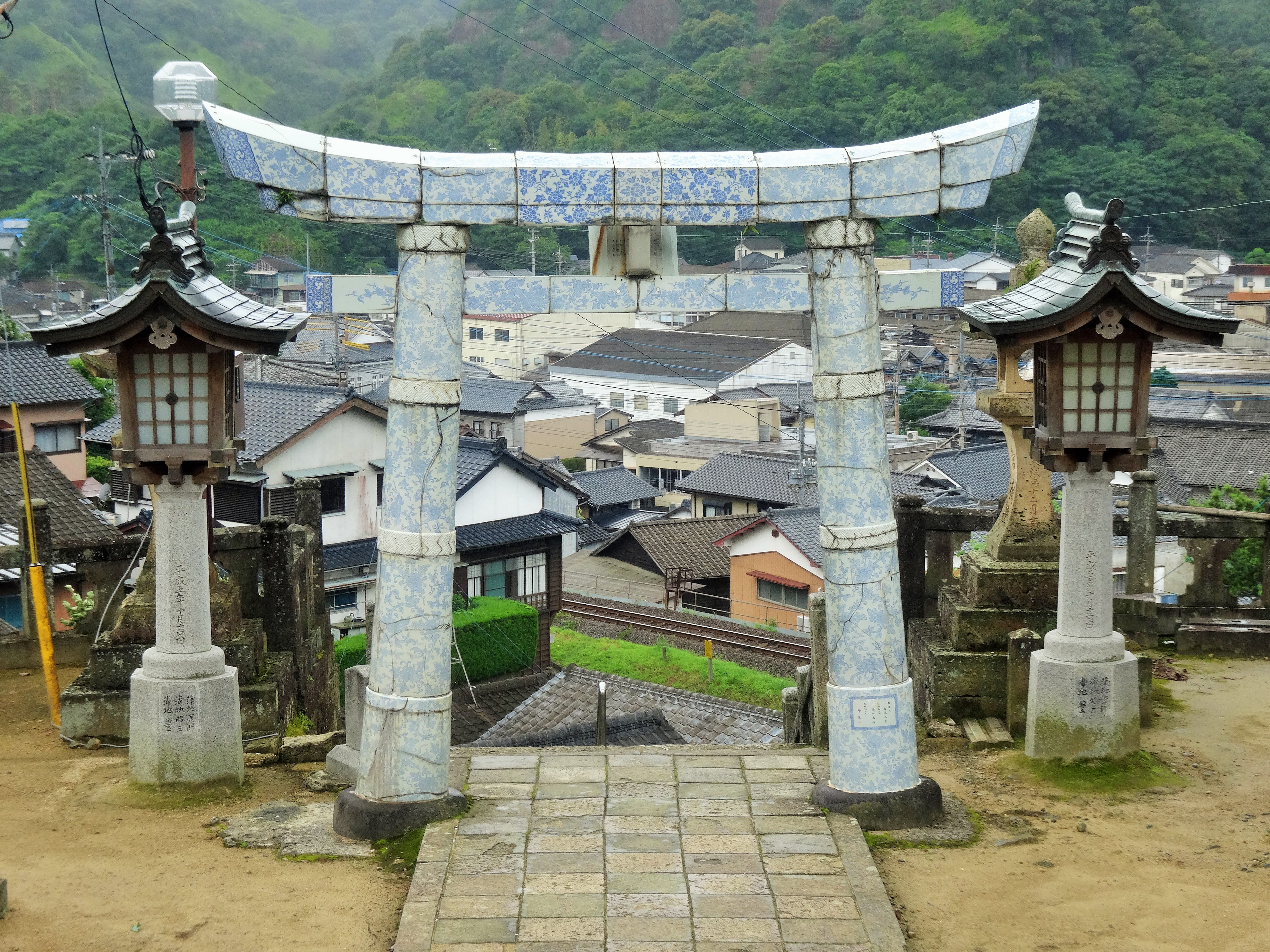The streets of Arita's Uchiyama porcelain district are mostly deserted this overcast Sunday, a boon for me as I am looking anywhere but at the sidewalk in front of me. My eyes are drawn instead to the parade of restored buildings that front the street, a veritable "name that era" of architectural styles. The edifices here might date anywhere from the Edo Period (1603-1868) to the Taisho Era (1912-1926), but the porcelain vessels contained within have a heritage that stretches back centuries.
Four centuries, to be exact — a fact that Arita, a small town in western Saga Prefecture, casually reminds you of as you pull into the area. Next calendar year will herald the 400th anniversary of porcelain production in town, marking the year that the master craftsmen and celebrated potter Ri Sanpei found a cache of good kaolin clay in the nearby mountains and fired the first porcelain in the archipelago.
Ri might have been an unwitting father of Japanese porcelain — he was forcibly brought to these shores from Korea after warlord Toyotomi Hideyoshi's invasion campaigns in the 1590s — but he's long been revered in this small corner of Kyushu. Along with scattered monuments of varying importance, Ri is most worshipped by porcelain aficionados at the Touzan shrine dedicated to his spirit, located on the edge of the Uchiyama district.


















With your current subscription plan you can comment on stories. However, before writing your first comment, please create a display name in the Profile section of your subscriber account page.